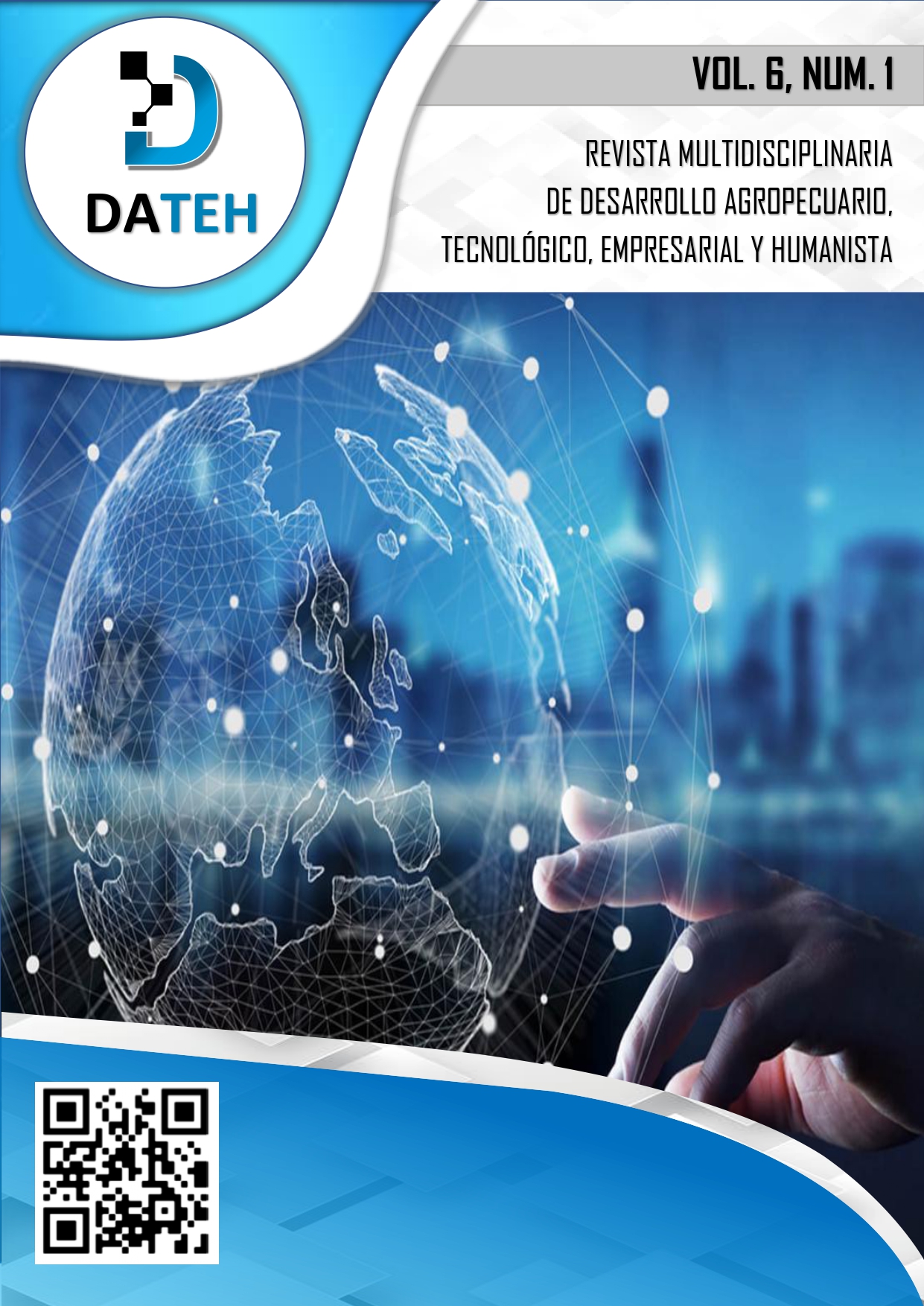Artificial Intelligence (AI): A Fundamental Field of Computing
Abstract
Artificial Intelligence (AI), as a pillar of contemporary computing, is redefining our interaction and connection with technology, signaling an era of unprecedented transformation in multiple sectors. This analysis dives into the relevance and scope of AI within this field, with the aim of unraveling its implications and effects in the computing environment, simultaneously identifying areas that demand intensive exploration and study for the future cutting edge of research. By emulating human cognitive processes, AI stands as a fundamental component of advanced computing, embracing and refining domains such as natural language processing, computer vision, and machine learning, among others. The methodological strategy adopted, rooted in heuristics, stands out for its adaptability and pragmatism, allowing an effective and deep foray into the intricate challenges presented by AI. This heuristic approach, with its inherent flexibility, facilitates a rigorous exploration of the complexities of AI, promoting an enriched understanding and appreciation of the significant impact that AI displays. Focus is placed on the role of AI, not only as an engine of innovation and technological development, but also as an agent of fundamental change, urging reflection and the adoption of a holistic and adaptive approach in its study. This integrative and comprehensive approach is important to unlock the transformative potential of AI, ensuring its positive and sustainable contribution to the advancement of computing and, by extension, society as a whole.
Downloads
References
Aguilar Aguilar, I. D., Cuevas Cruz, F., Duran Martínez, P., García Carmen, E., Hernández Romero, A. A., Mateos Casimiro, E., Ortega Sánchez, J. I., Retana Contreras, J. E., Ruiz Macedonio, J. J., Segundo Romero, C., Solís Colin, I., Ugalde Zaldivar, J. P., Vázquez Clemente, B., Vázquez Ramírez, A., & Yépez Martínez, D. M. (2022). ANTOLOGÍA GESTIÓN Y ANÁLISIS DE BIG DATA LIAD6 2022-A. http://ri.uaemex.mx/handle/20.500.11799/137910
Ángel, M., & Ramírez, M. (2020). Inteligencia artificial aplicada a la ley de protección de datos.
Brito, R. L. P. (2021). La inteligencia inhumana. La evolución de los derechos humanos. DERECHOS Y LIBERTADES: Revista de Filosofía Del Derecho y Derechos Humanos, 45, 163–198. https://doi.org/10.20318/DYL.2021.6105
Gómez, E., Racero, J., & Padillo, A. (2023). Diseño e implementación de un sistema de gestión de modelos basado en la metodología ARCADIA en una herramienta PLM. Aplicación a la gestión de instrucciones de trabajo. https://idus.us.es/handle/11441/151612
INCAE. (2023, March). La Inteligencia Artificial acelera la 4o revolución industrial, ¿puede la región aprovecharla? | INCAE. INCAE. https://www.incae.edu/es/blog/2023/03/14/la-inteligencia-artificial-acelera-la-4o-revolucion-industrial-puede-la-region
López, D. F., & Vergara, P. (2018, July). El enfoque heurístico aplicado a la resolución de problemas en la empresa: entre el método y la estrategia. https://www.researchgate.net/publication/324066501_El_enfoque_heuristico_aplicado_a_la_resolucion_de_problemas_en_la_empresa_entre_el_metodo_y_la_estrategia
Machuca-Villegas, L., & Gasca-Hurtado, G. P. (2018). Gamification for improving software project: Systematic mapping in project management. Iberian Conference on Information Systems and Technologies, CISTI, 2018-June, 1–6. https://doi.org/10.23919/CISTI.2018.8399415
Nicholas George Carr. (2014). COMO LAS MÁQUINAS SE APODERAN DE NUESTRAS VIDAS - RESUMEN 5. 320. https://www.casadellibro.com/libro-atrapados-como-las-maquinas-se-apoderan-de-nuestras-vidas/9788430616893/2354645
Ocaña-Fernandez, Y., Valenzuela-Fernandez, L., & Garro-Aburto, L. (2019). Inteligencia artificial y sus implicaciones en la educación superior. Propósitos y Representaciones, 7(2), 536–568. https://doi.org/10.20511/PYR2019.V7N2.274
R, R., S, S. R., & Singh, B. (2021). Spatial Data Mining Methods Databases and Statistics Point of Views. Innovations in Information and Communication Technology Series, 103–109. https://doi.org/10.46532/978-81-950008-7-6_010
Routledge. (2022). Computational Science and Its Applications – ICCSA 2022. 13376. https://doi.org/10.1007/978-3-031-10450-3
Tatic. (2021, February 8). La diferencia entre inteligencia artificial, aprendizaje automático y aprendizaje profundo - Tatic - From data to Value. https://tatic.net/es/blog/la-diferencia-entre-inteligencia-artificial-aprendizaje-automatico-y-aprendizaje-profundo/
Collosa, A. (2022). Tax Administration 2022. CIAT. https://doi.org/10.1787/1E797131-EN
Villalpando Acuña, A., & Villalpando Acuña, A. (2021). Oszlak, Oscar, El Estado en la era exponencial, Buenos Aires, Instituto Nacional de la Administración Pública (INAP), 2020, 265 pp. Gestión y Política Pública, 30(1), 245–248. https://doi.org/10.29265/GYPP.V30I1.846



